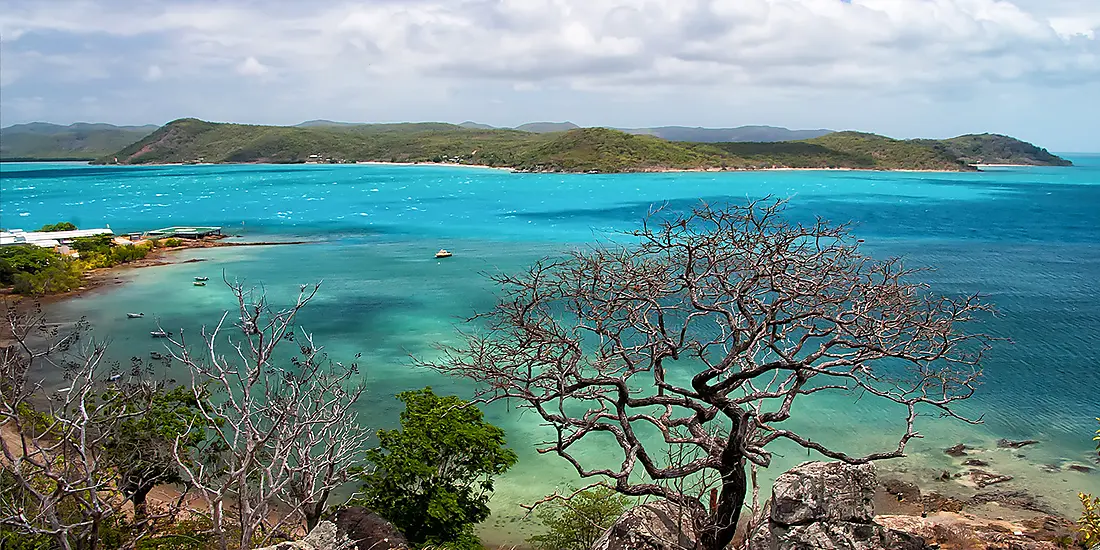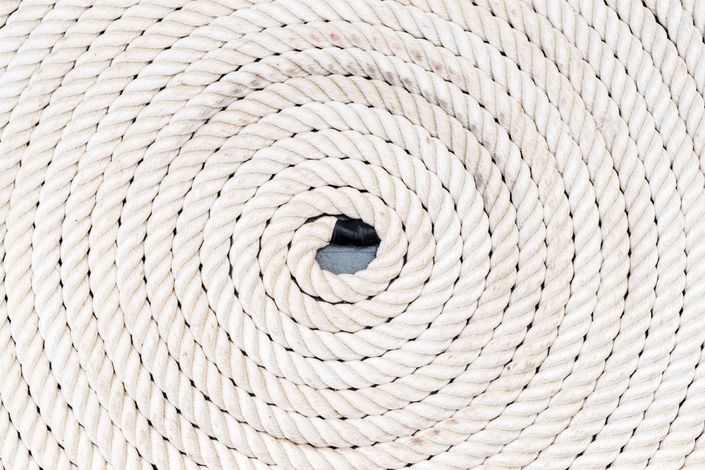reasons to discover Oceania and Pacific Islands?
Their names make them sound like the Garden of Eden. Tahiti, Bora Bora, Vanuatu, Papua New Guinea, the Kimberley in Australia… Oceania and the South Pacific are packed with islands and wild landscapes with traditional cultures. Here is why these destinations are completely unique.
Read more
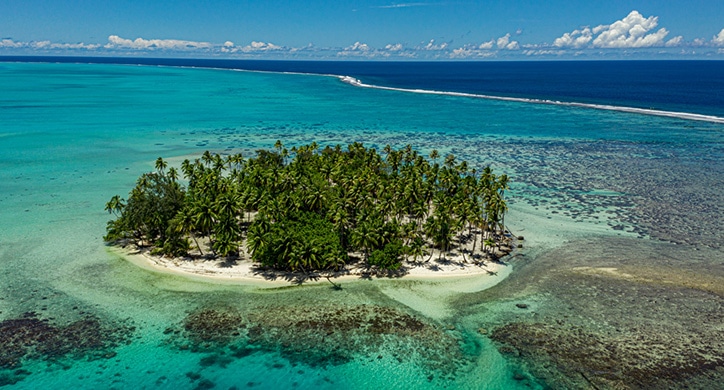
Essential Oceania and Pacific Islands
A vast region made up of countless islands, from the little dots of Micronesia to huge Australian territories, exploring Oceania and the South Pacific Islands involves the water, fabulous excursions and unforgettable encounters. Here are 10 things you must do.
Read more
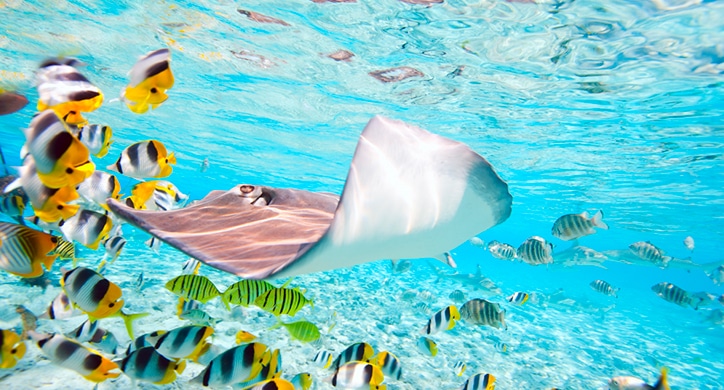
Explore Oceania and Pacific Islands
4 reasons to discover Oceania and Pacific Islands?
Their names make them sound like the Garden of Eden. Tahiti, Bora Bora, Vanuatu, Papua New Guinea, the Kimberley in Australia… Oceania and the South Pacific are packed with islands and wild landscapes with traditional cultures. Here is why these destinations are completely unique.
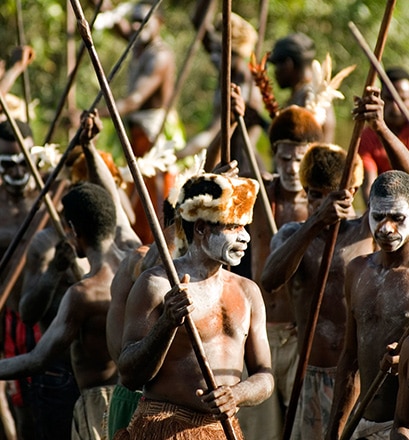
To learn about ancestral cultures
In northern Australia, meeting the locals is quite the experience. Papuans from the Asmat region, Tiwi people from the "islands of smiles", the Yolngu from Elcho Island, the Yirrkala: all are proud to share their customs and traditional dances with visitors. The same goes for the Maoris of New Zealand, the Polynesians and the tribes of Vanikoro and Vanuatu. The warm welcome given to travellers is always an emotional moment.
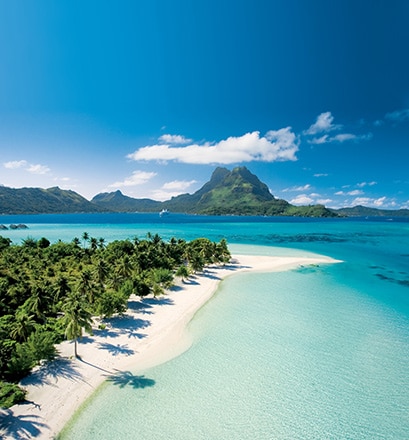
For unforgettable dives
The turquoise lagoons of Bora Bora, the translucent waters of Tahiti, the Micronesian islands and Kouaré Island in New Caledonia, the open-air aquarium in Rangiroa, considered one of the most beautiful underwater sites on the planet by Jacques Cousteau… Watching tropical fish, multicoloured coral, manta rays and grey reef sharks never gets boring, whether you're scuba diving or freediving.
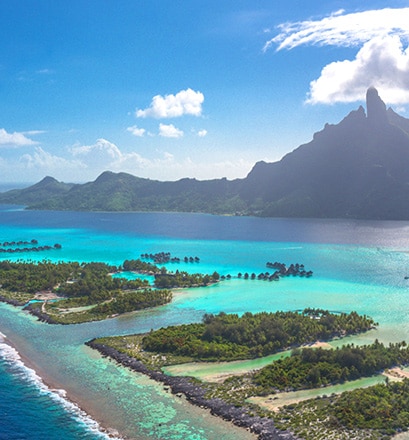
For the variety of unspoilt scenery
Oceania and the Pacific Islands are destinations that are all about land and water. The myriad of blue shades in the water are offset by a palette of every imaginable green. As well as turquoise lagoons, clear waters, tempestuous waterfalls and deep seas, there are mangroves, beaches edged by coconut trees, rocky peaks, mountains and volcanoes covered with trees, jungles and tropical forests. These nuanced patchworks of scenery and varied landscapes are reliably enchanting.
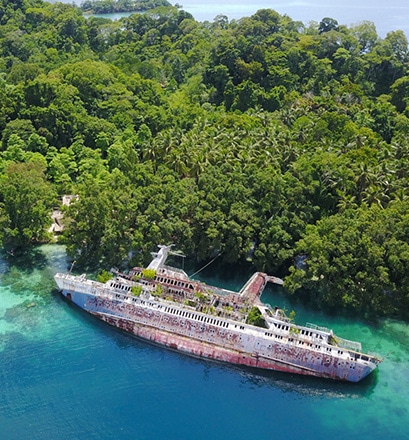
For the historic sites
Oceania and the Pacific are brimming with important historical sites. Remnants of the Second World War can still be found in Rabaul (Papua New Guinea) and on Guadalcanal (Solomon Islands), where the Battle for Henderson Field took place in 1942. Lovers of wreck diving will find the remains of the entire Japanese army, air force and navy fleet in Chuuk, Micronesia. The Japanese were bombed by the Americans in February 1944 in retaliation for the Pearl Harbour attack.
Essential Oceania and Pacific Islands
A vast region made up of countless islands, from the little dots of Micronesia to huge Australian territories, exploring Oceania and the South Pacific Islands involves the water, fabulous excursions and unforgettable encounters. Here are 10 things you must do.
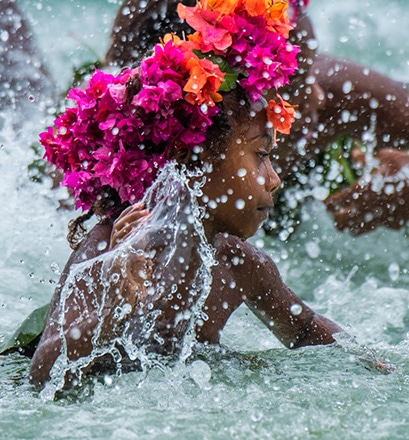
See the water music women in action - Maewa Island, Vanuatu
Vanuatu is one of those idyllic archipelagos in the South Pacific. White-sand beaches, sparkling waters and wild "blue holes" surrounded by lush vegetation create just the kind of picture-postcard scenery you might imagine. This region has its own unique music tradition. This is performed by the water music women, who sing and hit the water to the beat using precise techniques passed down from mother to daughter. The result is a poetic melody that is harmonious and full of emotion.
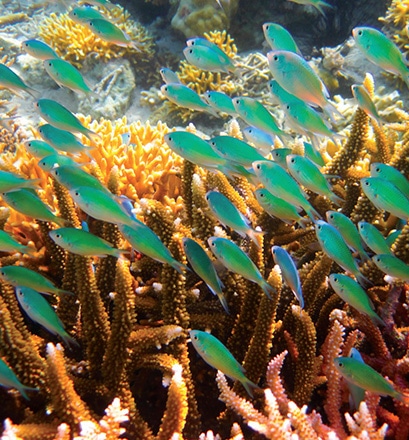
Dive off idyllic islands and atolls - Micronesia
With its 607 islands dotted across 3,000 kilometres in the middle of the Pacific Ocean, Micronesia is a real wonderland for divers. It offers a range of underwater playgrounds. The most unusual site is undoubtedly Chuuk Lagoon, with its wrecks from the Japanese fleet sunk by the US army during the Second World War. However, Micronesia's location on the fringes of the Coral Triangle means it has huge biodiversity in its caves and on its walls and other faults. This area contains 76% of known coral species and 56% of known reef fish. Depending where you dive, you may see manta rays, grey reef sharks, silvertip sharks, blacktip reef sharks, whale sharks or thousands of fish.
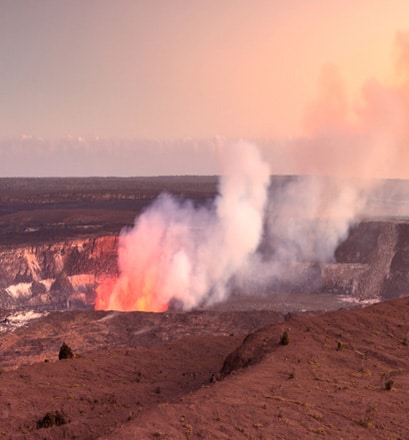
Visit Hawaii Volcanoes National Park - Big Island, Hawaii
Hawaii has several volcanoes, including two with world records. Kīlauea, one of the most active in the world, and Mauna Loa, the highest on the planet (17 km tall), are part of the Hawaii Volcanoes National Park and create spectacular landscapes. A solidified lava lake emitting steam, a lava tunnel formed 500 years ago, boiling water, magma flows pouring into the sea... This intense volcanic activity is making the island grow each year: 200 hectares have been created in the past 30 years!
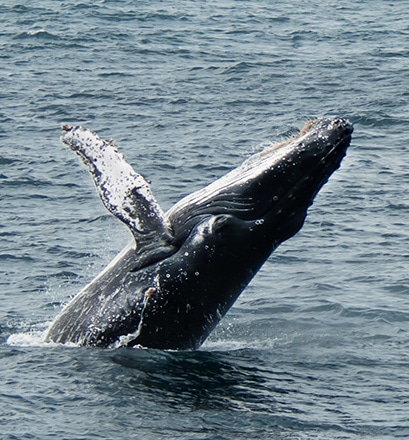
Watch dolphins and whales - Moorea, French Polynesia
Moorea is a great place to watch dolphins and whales in French Polynesia. You can see spinner dolphins, rough-toothed dolphins and pilot whales along the coast all year round. Excursions are led by Dr Michael Poole: an American dolphin and whale specialist who has lived in Polynesia since 1987 (or his assistant). From August to mid-November, humpback whales also come to mate or give birth in the lagoon.
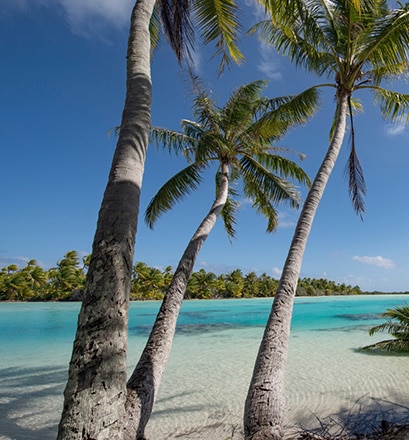
Try Polynesian wine and rum - Tuamotus, French Polynesia
Although it might seem unusual, Polynesia does make wine and rum. The Rangiroa Winery produces dry and sweet white wines and rosé in the heart of the Tuamotus. These fresh wines are the fruit of work by men and women who are keen to showcase their terroir and share its riches. Visiting the estate will teach you more about the history of wine in Polynesia and give you the chance to try Manao rum: Polynesia's first pure sugar cane rum.
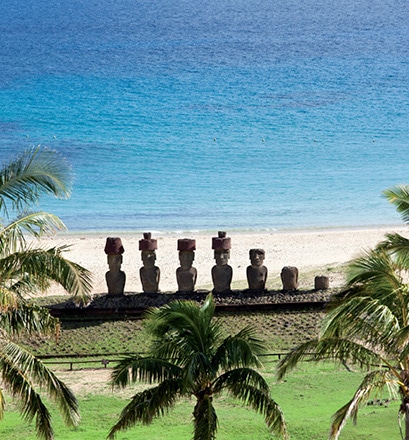
See the moai - Easter Island
Over 4,000 kilometres from the coast of Tahiti, Easter Island is one of the world's most isolated...and the most mysterious. It has many huge statues known as moai. Ahu Tahai and Ahu Akivi are the most iconic sites. The latter, built around 1460 BC, has no fewer than seven statues which are four metres tall and weigh 12 tonnes.
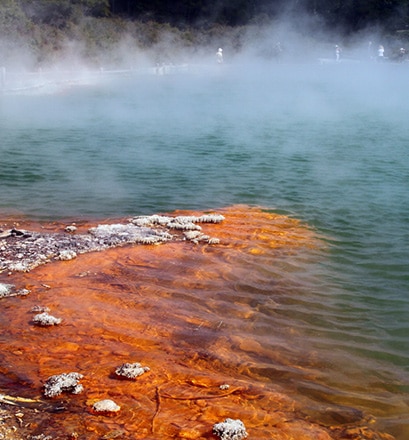
Walk through the thermal marvels of Wai-O-Tapu - New Zealand
The Wai-O-Tapu site (meaning "sacred waters") is totally unique. This geothermal basin sculpted by millennia of volcanic activity has various walks that take you to its different marvels: the steaming "champagne pool" in orange and green shades, fumeroles, huge volcanic craters, colourful hot and cold water springs, and more.
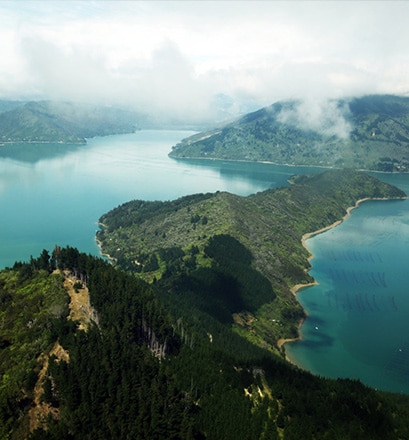
Be moved by the beautiful Marlborough fiord landscapes - New Zealand
The Marlborough fiords are an amazing set of submerged and interlaced valleys. The vegetation on the sides of the cliffs plunges into colour-changing waters that are sometimes turquoise and sometimes navy. Walkers can go along the Queen Charlotte Track to enjoy fabulous viewpoints taking in the surroundings and coast below.
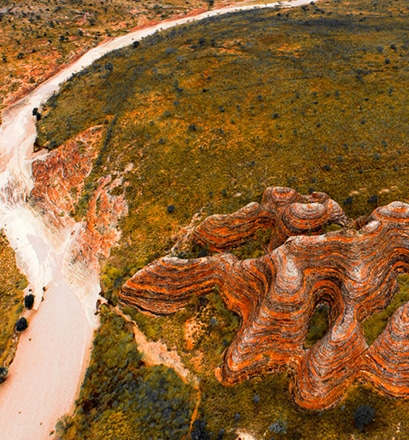
Fly over the Bungle Bungle Range - Kimberley, Australia
The Kimberley is one of the last-remaining fully wild areas on the planet. This huge region in ochres and reds has some extraordinary scenery. In Purnululu National Park, the Bungle Bungle Range has orange and grey striped domes (thanks to iron and clay) which have been gradually eroded for millennia. Although this Park, which has been a UNESCO World Heritage site since 2003, is accessible by road, the best way to see it is to fly over it in a Cessna-type plane. Seen from above, you can take in the territory's 3,000 square metres of rocks, dry river beds, gorges and maze-like landforms.
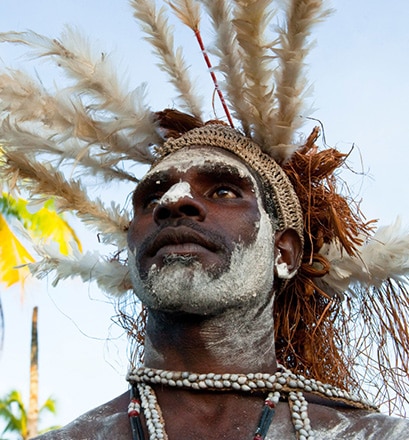
Meet the Asmat warriors - Papua New Guinea
The Asmats are famous warriors. Although their period of cannibalism is over, their ancestral culture endures. According to their belief system, reality and the supernatural are as one and items that belonged to previous generations, which some consider primitive art, are actually sacred. For the Asmat people, shields, statues, musical instruments and masks contain the souls of their ancestors. Today, locals welcome travellers on board their superb war canoes, share their traditional ceremonies and dances and give tours of their village.










